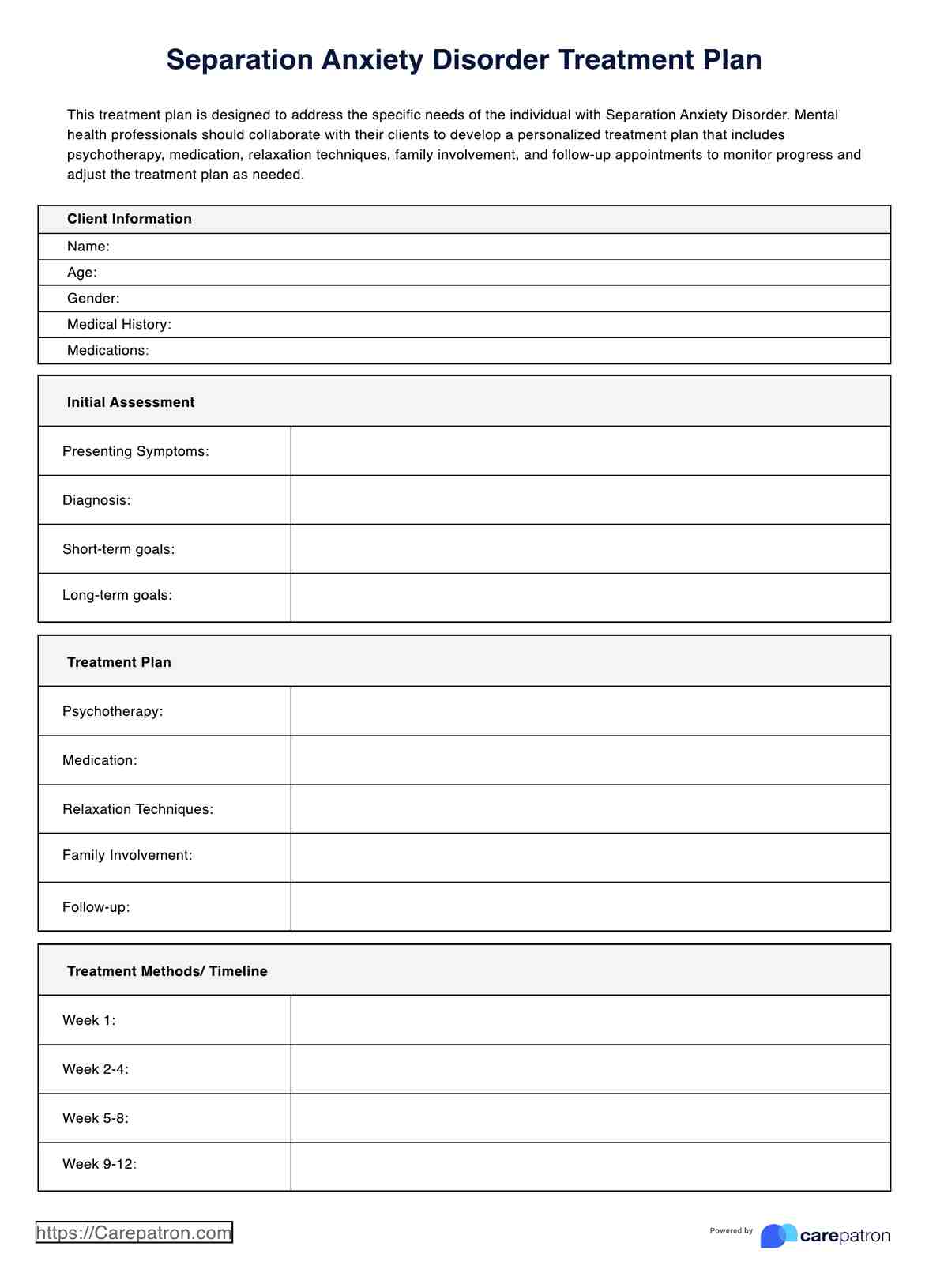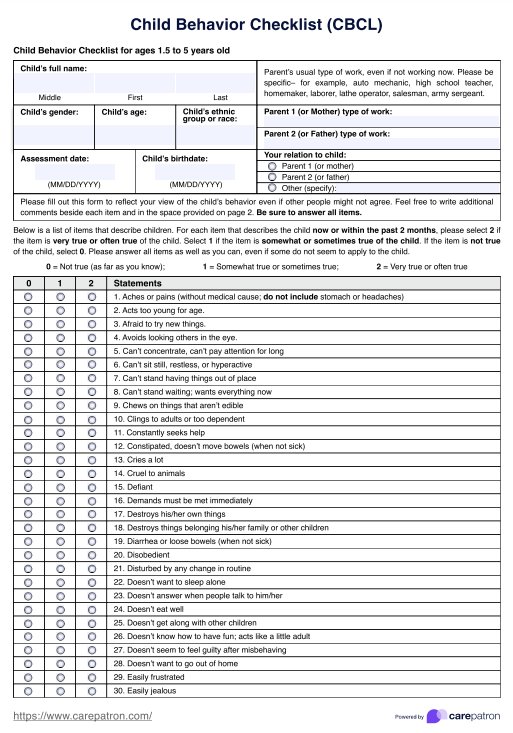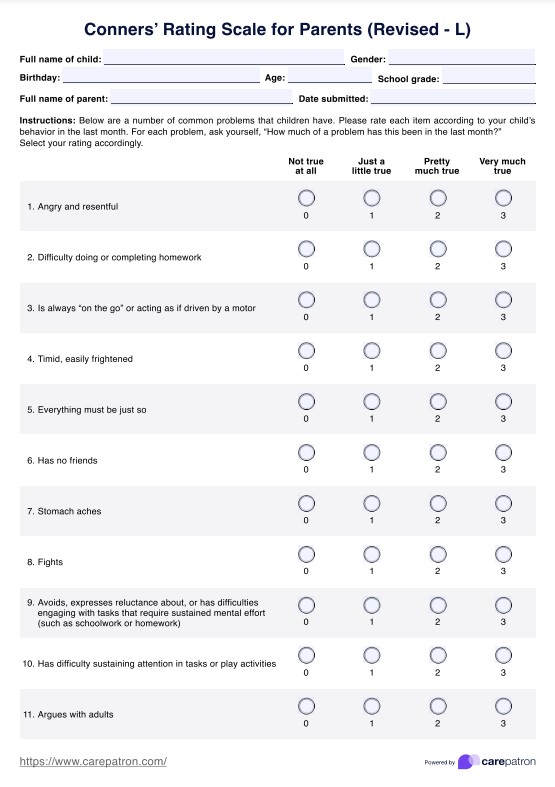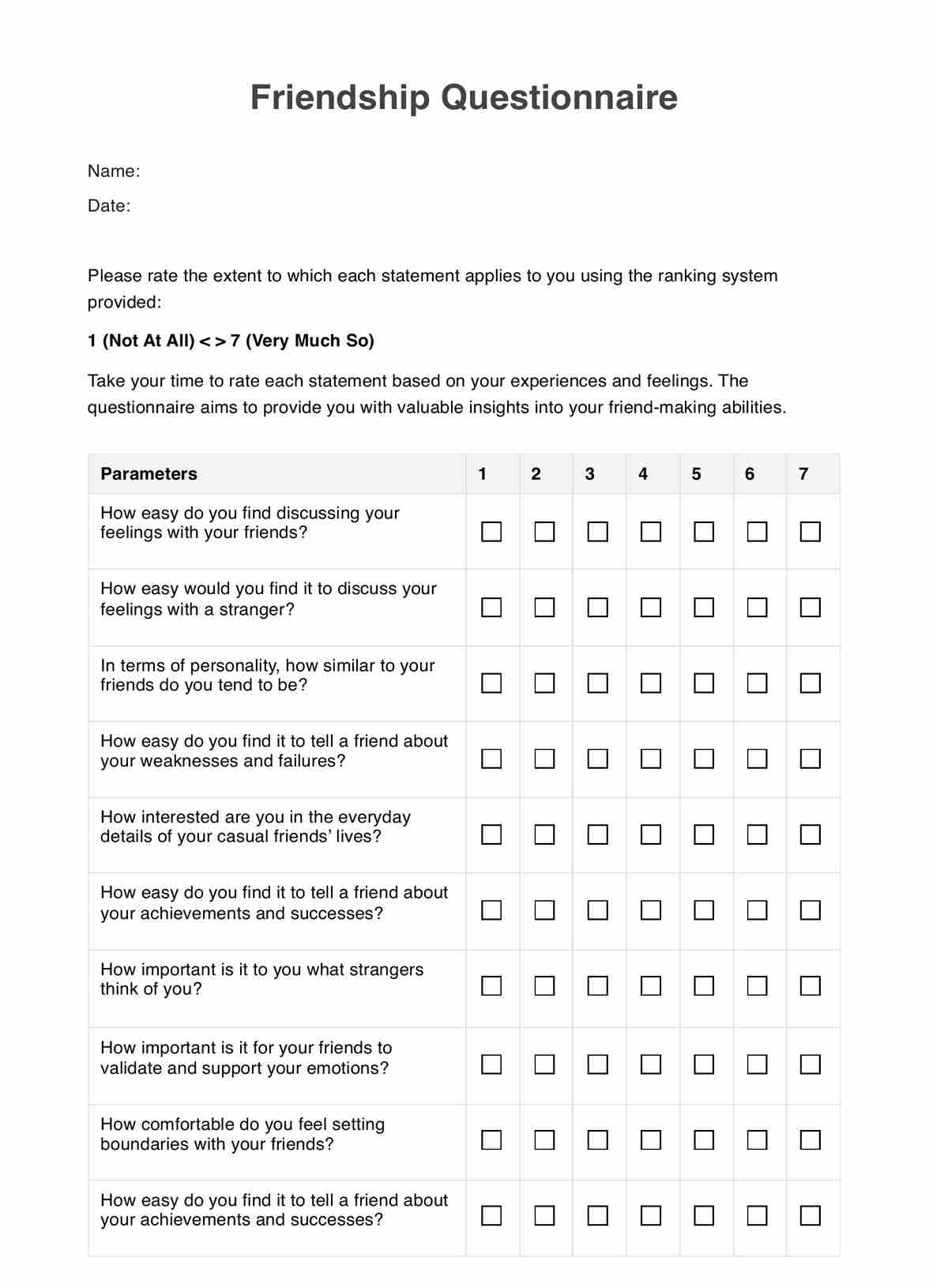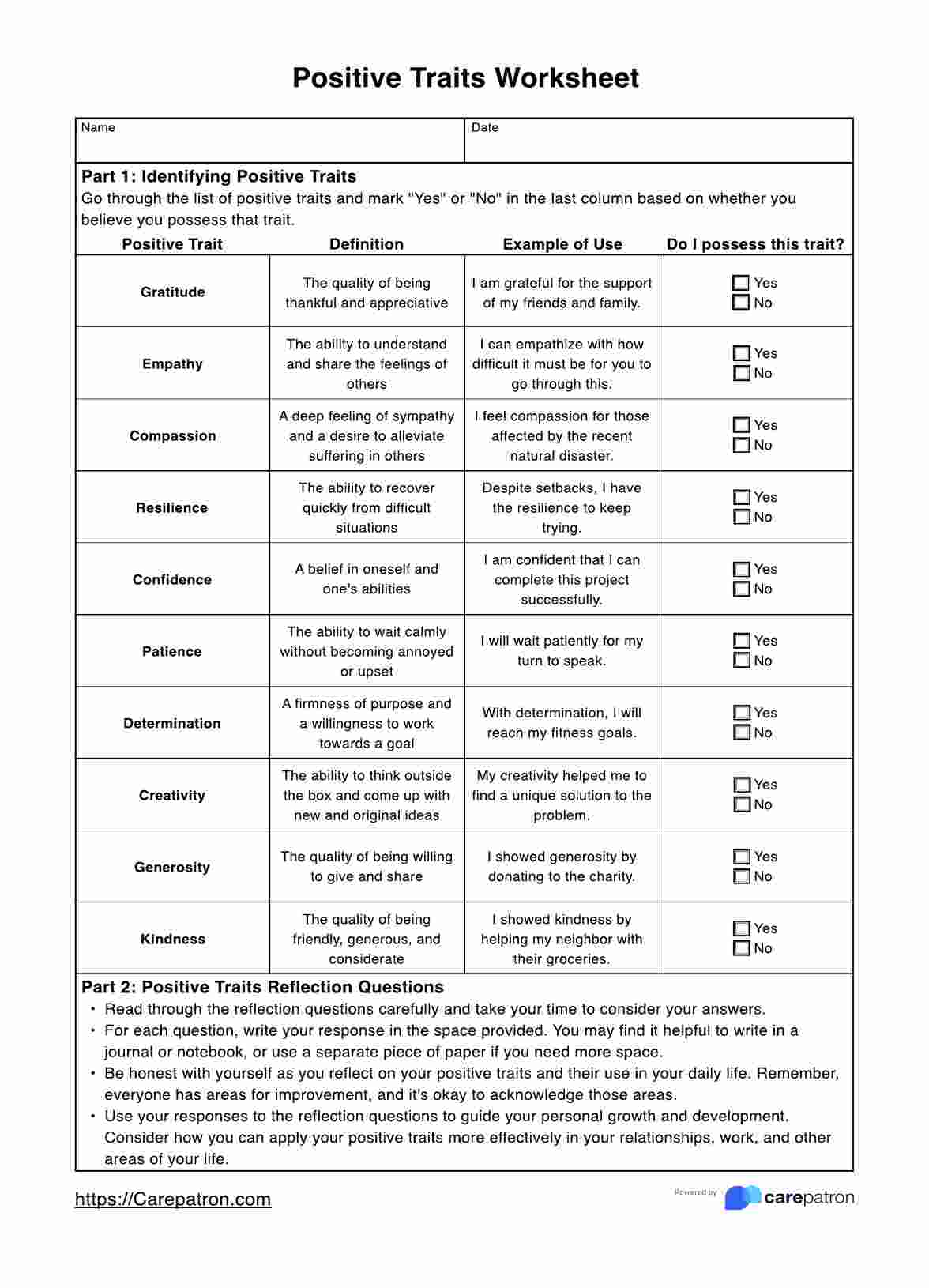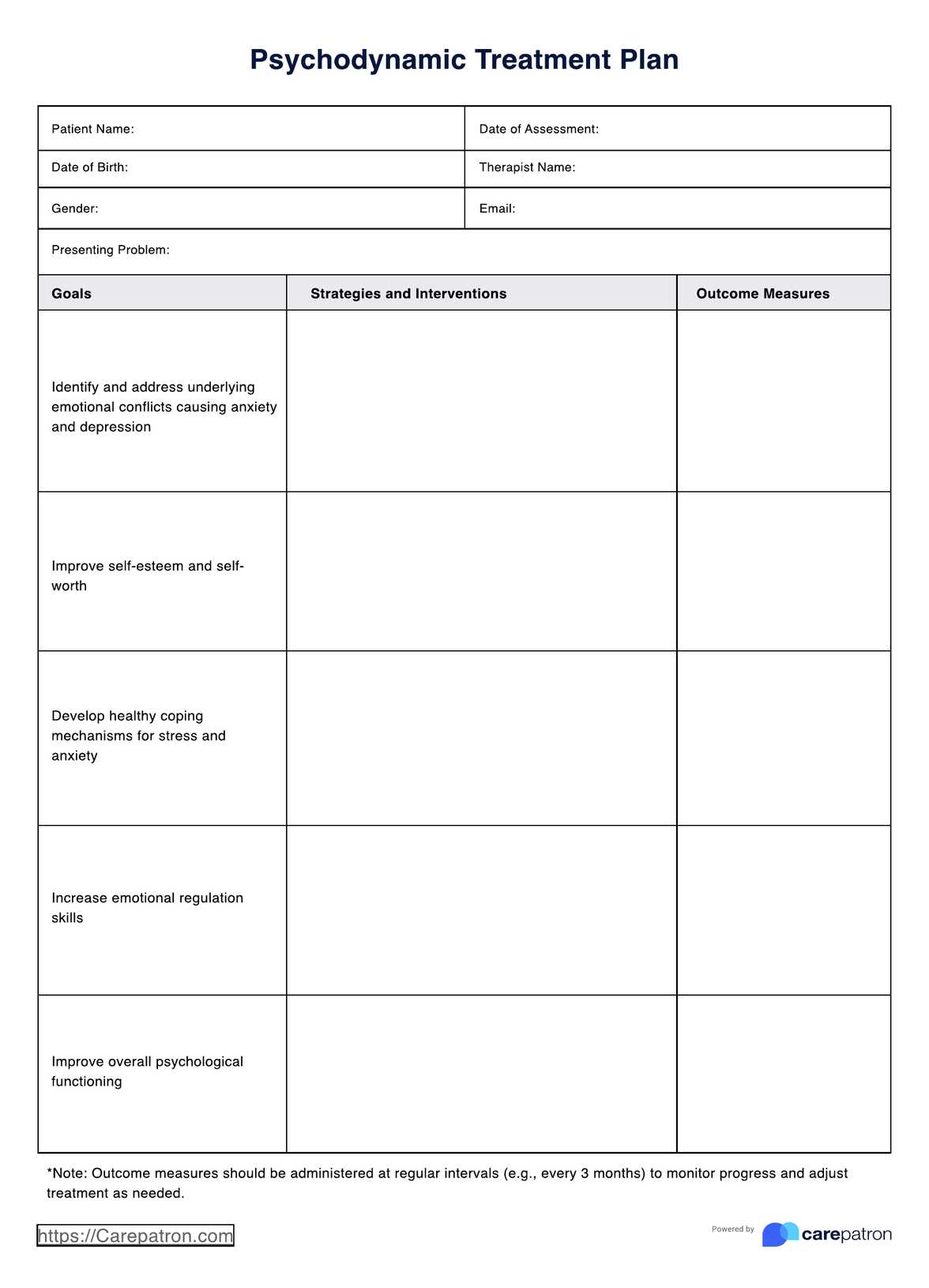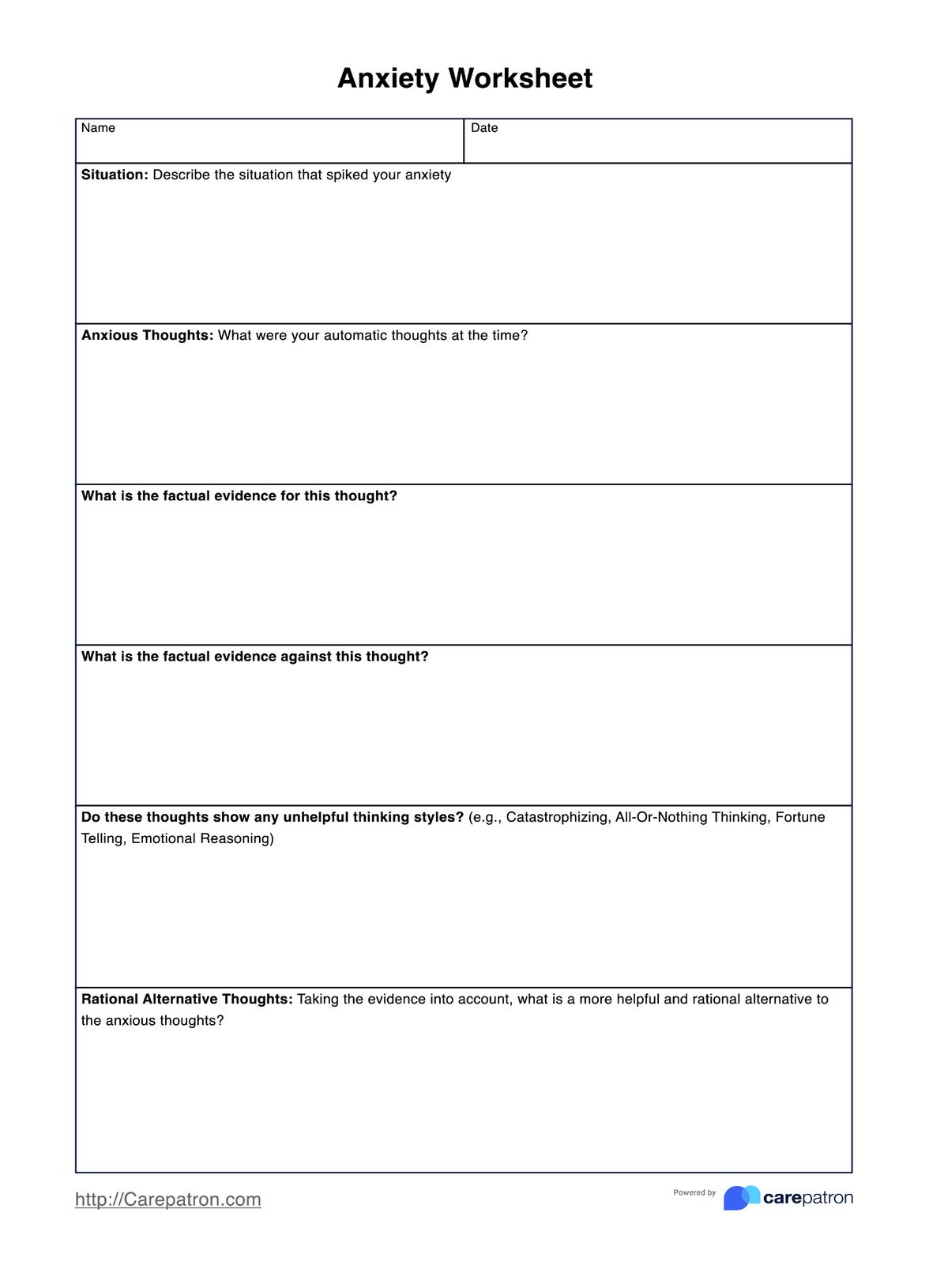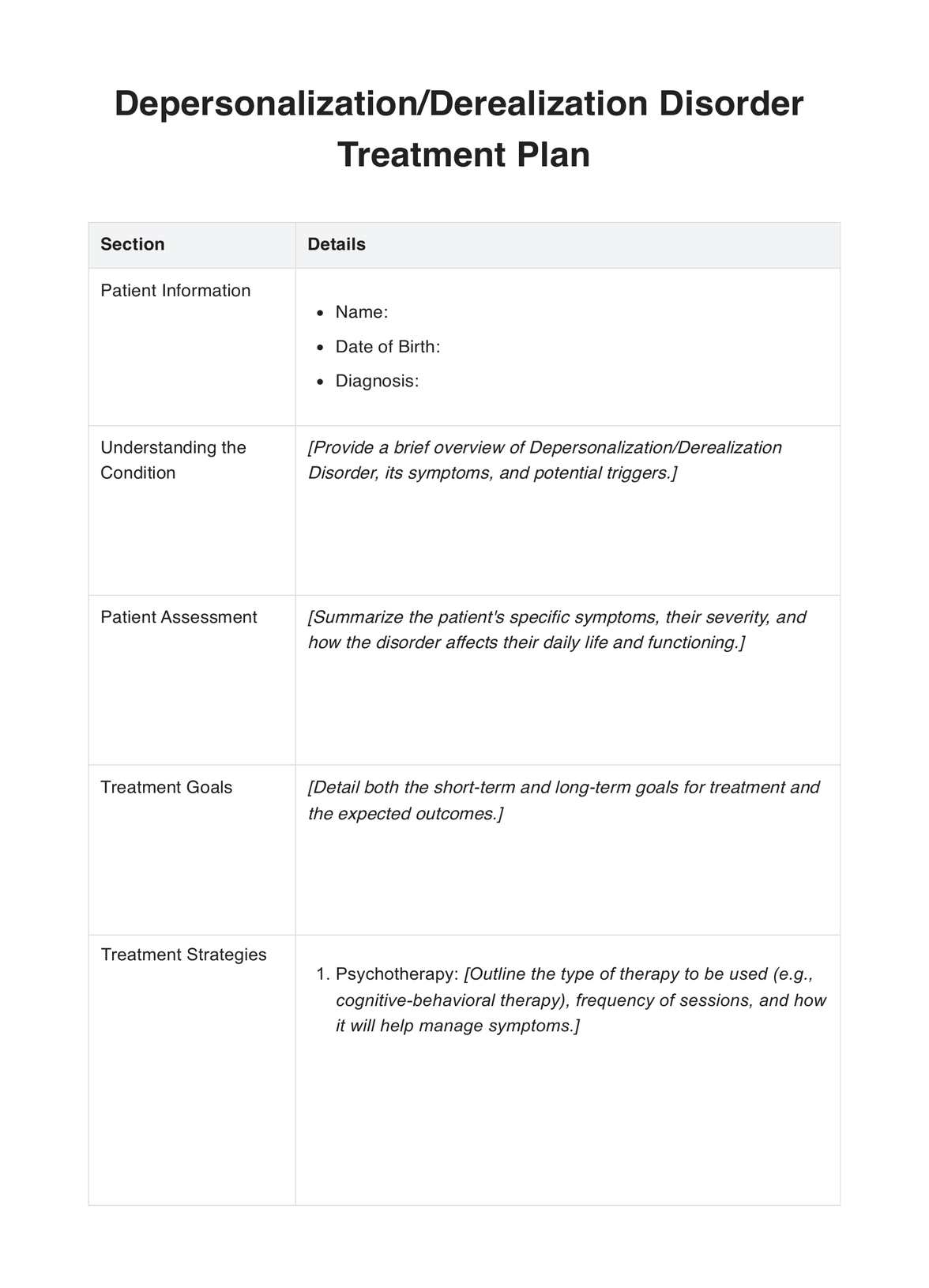Bayley Scales Of Infant Development
Explore the Bayley Scales of Infant Development, an assessment tool for evaluating infants' cognitive, motor, and language skills.


What is a Bayley Scales Of Infant Development?
The Bayley Scales of Infant Development (BSID) is a comprehensive assessment tool designed to measure the developmental progress of infants and young children. It was developed by psychologist Nancy Bayley to evaluate the cognitive, motor, and language skills of children aged 1 month to 42 months. The primary purpose of the BSID is to help identify potential developmental delays or disabilities in young children and to inform appropriate interventions.
The BSID consists of three main components: the Cognitive Scale, the Motor Scale, and the Language Scale. The Cognitive Scale assesses skills such as problem-solving, memory, and attention. The Motor Scale evaluates fine and gross motor skills, including grasping, reaching, and crawling. The Language Scale measures receptive and expressive communication abilities, such as understanding spoken words and producing sounds or gestures.
The assessment is typically administered by a trained professional, such as a psychologist or therapist, who observes the child's performance on various tasks and records their responses. The results are then compared to standardized norms to determine the child's developmental age and percentile rank. This information can be used to identify areas of strength and weakness in the child's development and provide guidance for targeted intervention strategies.
One of the key benefits of the Bayley Scales of Infant Development is its ability to detect subtle changes in a child's development over time. This makes it an essential tool for monitoring progress and evaluating the effectiveness of interventions.
Bayley Scales Of Infant Development Template
Bayley Scales Of Infant Development Example
How does this Bayley Scales Of Infant Development PDF work?
Step 1: Download the Bayley Scales of Infant Development PDF
Obtain a copy of the Bayley Scales of Infant Development PDF, either through an authorized distributor or by purchasing the digital version from a reputable source.
Step 2: Understand the Components
Familiarize yourself with the three main components of the BSID: the Cognitive Scale, the Motor Scale, and the Language Scale. Each scale assesses different aspects of a child's development, such as problem-solving, motor skills, and communication abilities.
Step 3: Prepare for Assessment
Ensure that the environment for the assessment is quiet, comfortable, and free from distractions. Gather any necessary materials, such as toys or objects, required for the tasks mentioned in the PDF.
Step 4: Administer the Assessment
As a trained professional, administer the assessment by observing the child's performance on various tasks and recording their responses in the PDF. Follow the guidelines provided in the document to ensure accurate and consistent scoring.
Step 5: Interpret the Results
Compare the child's responses to the standardized norms provided in the PDF to determine their developmental age and percentile rank. This information can be used to identify areas of strength and weakness in the child's development.
Step 6: Develop an Intervention Plan
Based on the results of the assessment, create a targeted intervention plan to address any developmental delays or areas of concern. This may involve working with other professionals, such as therapists or educators, to provide the necessary support.
Step 7: Monitor Progress
Use the Bayley Scales of Infant Development PDF to track the child's progress over time and evaluate the effectiveness of interventions. Regular reassessment can help ensure that the child is progressing and that any necessary adjustments are made to their intervention plan.
Scoring
The scoring process enables professionals to interpret results and assess a child's developmental progress in cognition, motor skills, and language abilities.
Here's a summary of the scoring process:
- Raw Scores: The professional records the child's performance for each item on the Cognitive, Motor, and Language scales. Raw scores represent the number of successfully completed items or demonstrated ability levels.
- Scaled Scores: Raw scores are converted into age-adjusted scaled scores using tables from the Bayley Scales Scoring manual.
- Composite Scores: Scaled scores for each scale are combined to calculate composite scores, providing an overall measure of a child's performance relative to their age peers.
- Percentile Ranks: Composite scores determine percentile ranks, indicating the percentage of children in the normative sample who scored at or below the child's composite score (e.g., a 60th percentile rank means the child's performance is equal to or better than 60% of their age group).
- Interpretation: The Bayley Scales Scoring process helps professionals identify areas of strength and weakness in a child's development. By comparing scores to standardized norms, professionals can detect developmental delays or concerns requiring intervention.
When to use these Bayley Tests?
Some instances for using the Bayley Tests include:
- Routine Developmental Screening: The BSID can be used as part of routine developmental screenings conducted by pediatricians, psychologists, or therapists to monitor a child's development and ensure they reach age-appropriate milestones.
- Identification of Developmental Delays or Disabilities: If there are concerns about a child's development, such as suspected delays or disabilities, the Bayley Tests can help identify specific areas where the child may need additional support or intervention.
- Individualized Education Plan (IEP) Development: For children who require special education services, the BSID can provide valuable information to inform the development of an Individualized Education Plan (IEP), which outlines the specific goals, accommodations, and interventions needed to support the child's learning and development.
- Early Intervention Program Evaluation: Many early intervention programs aim to address developmental delays or disabilities in infants and young children. The Bayley Tests can be used to evaluate the effectiveness of these programs by assessing the child's developmental progress before and after receiving the intervention.
- Research Purposes: The BSID is often used in research studies to assess developmental outcomes in various populations, such as children with specific medical conditions, premature infants, or those exposed to environmental risk factors. The assessment provides standardized data that can be used to compare the development of different groups of children.
- Adoption or Foster Care Assessments: When children are placed in adoption or foster care, the Bayley Tests can be used to assess their developmental status and inform any necessary support services or interventions to address potential developmental delays or challenges.
- Monitoring Progress: The BSID can be administered periodically to track a child's developmental progress, especially if they receive interventions or support services. This helps to evaluate the effectiveness of the interventions and make any necessary adjustments to the child's support plan.
Who is this Bayley Scales Of Infant Development PDF for?
Here are various practitioners who can benefit from using this template:
- Pediatricians: Pediatricians can use the Bayley Scales as part of routine developmental screenings during well-child visits to ensure that infants and young children are meeting age-appropriate milestones and to identify any concerns that may require further evaluation or intervention.
- Psychologists: Child psychologists specializing in early childhood development can use the Bayley Scales to assess cognitive, motor, and language skills in their clients. This information can help inform targeted interventions or therapies, depending on the child's specific needs.
- Occupational Therapists: Occupational therapists who work with infants and young children can use the Bayley Scales to evaluate fine and gross motor skills, helping them develop tailored intervention plans to address any identified challenges.
- Speech-Language Pathologists: Speech-language pathologists can use the language scale of the Bayley Scales to assess receptive and expressive communication abilities in infants and young children. This information can guide the development of targeted speech and language interventions.
- Physical Therapists: Physical therapists working with young children can use the Bayley Scales to evaluate gross motor skills, such as crawling, standing, and walking. This assessment can help inform the development of individualized therapy plans to support motor skill development.
- Early Intervention Specialists: Professionals working in early intervention programs can use the Bayley Scales to assess the developmental progress of infants and young children at risk for developmental delays or disabilities. This information can help guide the development of targeted interventions and support services.
- Special Education Teachers: Special education teachers can use the Bayley Scales to assess the developmental abilities of infants and young children in their care. This information can inform the development of Individualized Education Plans (IEPs) and help tailor teaching strategies to meet the unique needs of each child.

Benefits of these free Bayley Scales Templates
Easy Access
Free Bayley Scales templates provide easy access to standardized assessment tools for professionals working with infants and young children, eliminating the need to invest in costly resources or subscriptions.
Time-saving
Using a ready-made template saves professionals time by providing a clear structure and format for administering the assessment and recording results, allowing them to focus on observing and evaluating the child's performance.
Consistency
Utilizing a standardized template ensures consistency across assessments, enabling professionals to accurately compare results over time or between different children, which is crucial for identifying developmental patterns and trends.
Customizable
Free Bayley Scales templates can be easily adapted to suit the specific needs of individual practitioners or settings. Professionals can modify the template to include additional information, such as notes or observations, that may be relevant to their work.
Improved Communication
Using a standardized template can facilitate communication between professionals, such as therapists, educators, and medical providers, by providing a common language and framework for discussing a child's developmental progress and needs.
Educational Resource
Free Bayley Scales templates can be an educational resource for professionals new to using the assessment or who wish to familiarize themselves with its components and scoring procedures before administering it in a clinical or educational setting.
Commonly asked questions
The Bayley Scales of Infant Development (BSID) were created by psychologist Dr. Nancy Bayley in the 1960s. The test has since undergone multiple revisions, with the most recent version being the Bayley Scales of Infant and Toddler Development, Third Edition (Bayley-III), published in 2006.
To use the Bayley Scales:
- Obtain manual and materials.
- Understand procedures and scoring guidelines.
- Set up age-appropriate materials.
- Administer assessment as per manual.
- Record task performance.
- Convert raw scores to scaled scores, then to composite scores and percentile ranks.
- Interpret and share results for intervention planning.
To interpret the Bayley Scales:
- Analyze scaled scores in each domain to gauge a child's abilities.
- Review composite scores and percentile ranks for a holistic developmental view.
- Spot strengths and weaknesses.
- Consider influencing factors.
- Collaborate to develop targeted interventions.
Bayley Test benefits:
- Broad assessment of cognitive, motor, language skills.
- Early detection of developmental issues for timely intervention.
- Standardized, reliable comparison with peers.
- Guides development of tailored interventions.
- Tracks developmental progress over time.


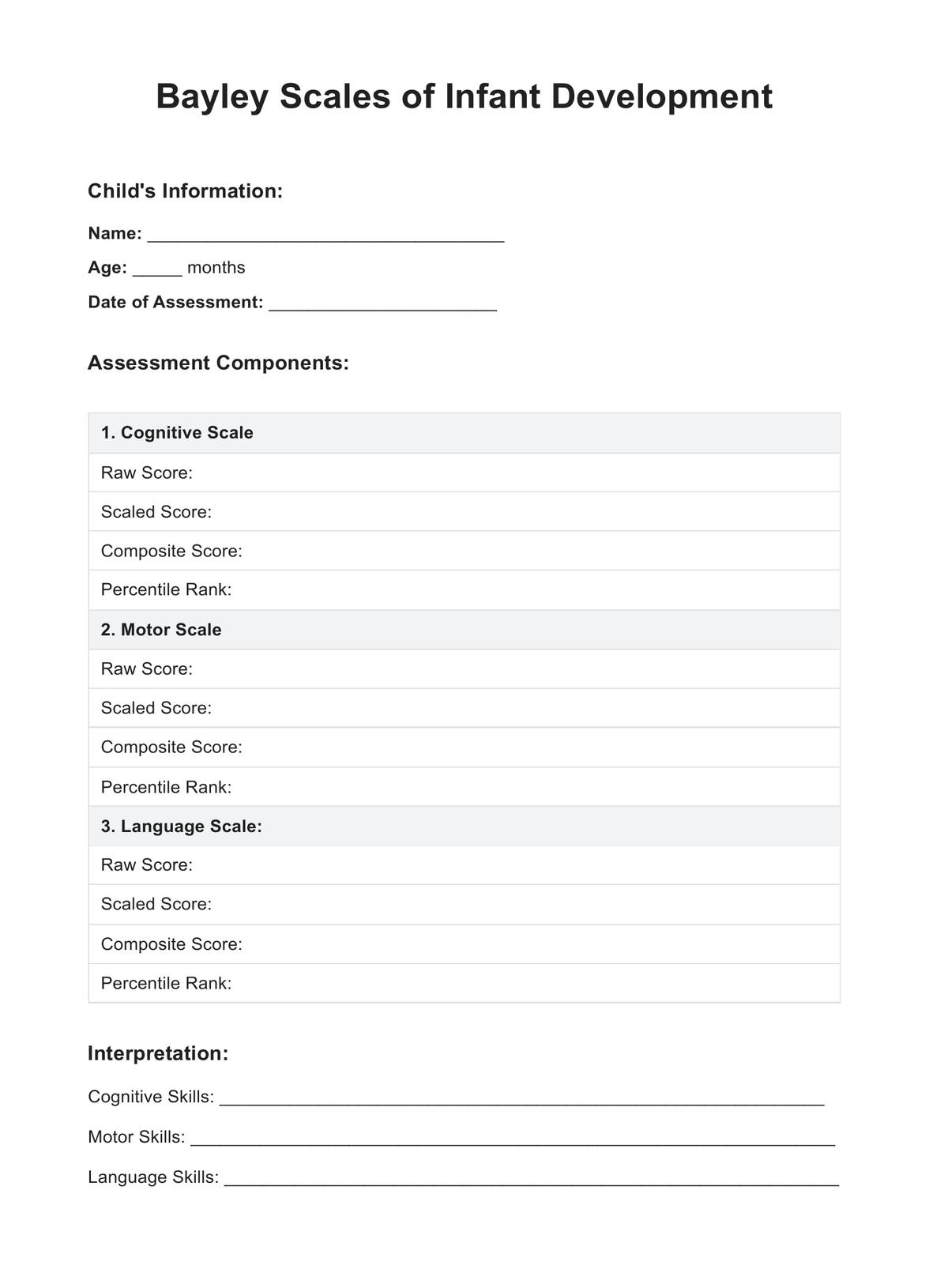
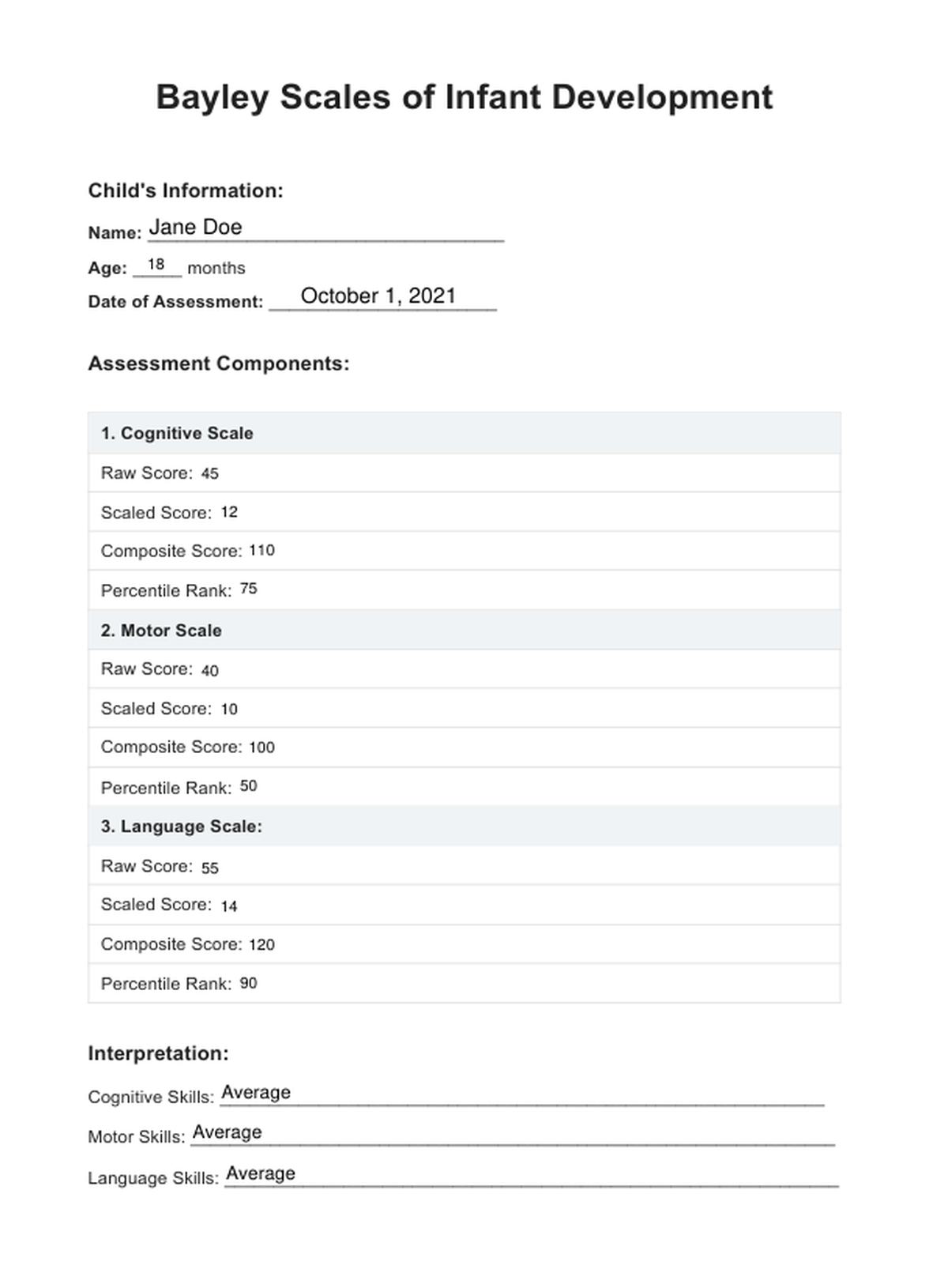













-template.jpg)























































































